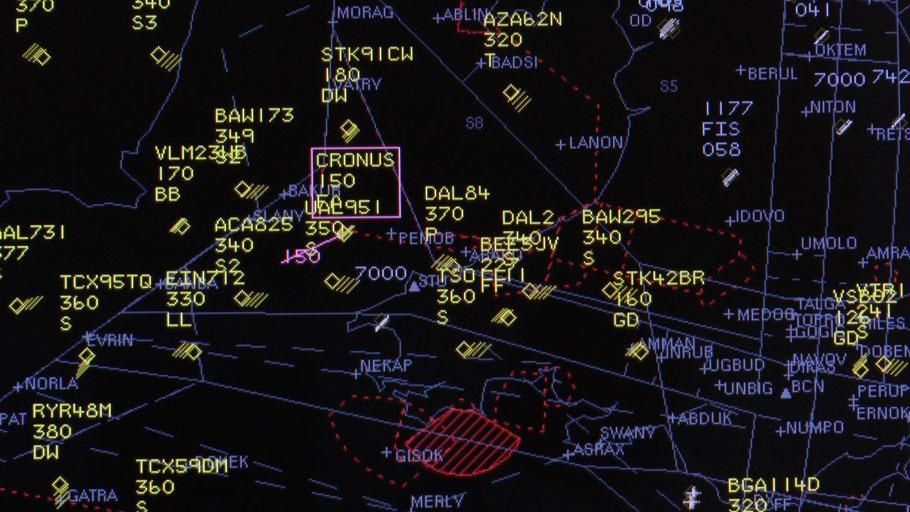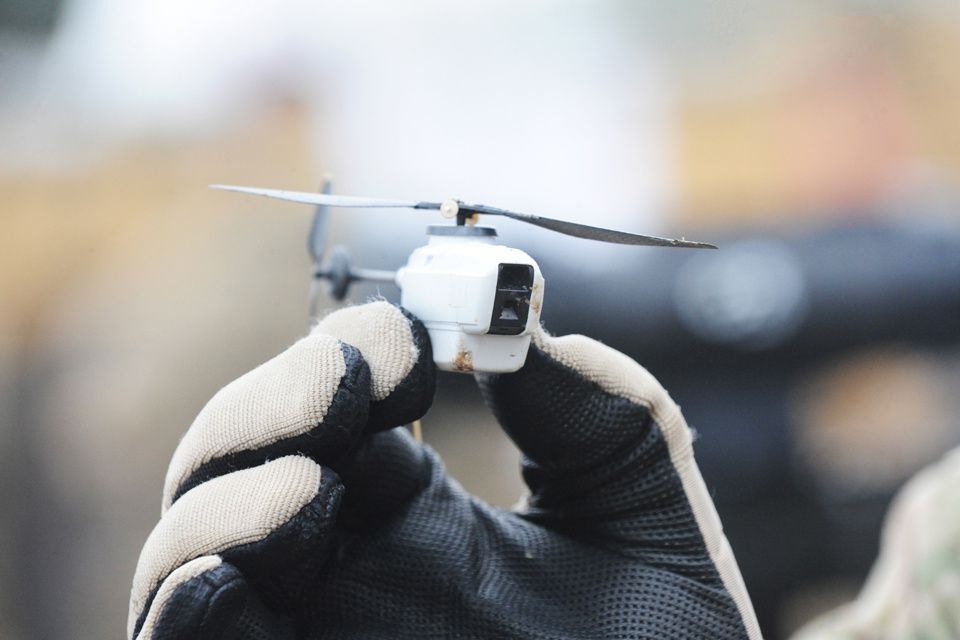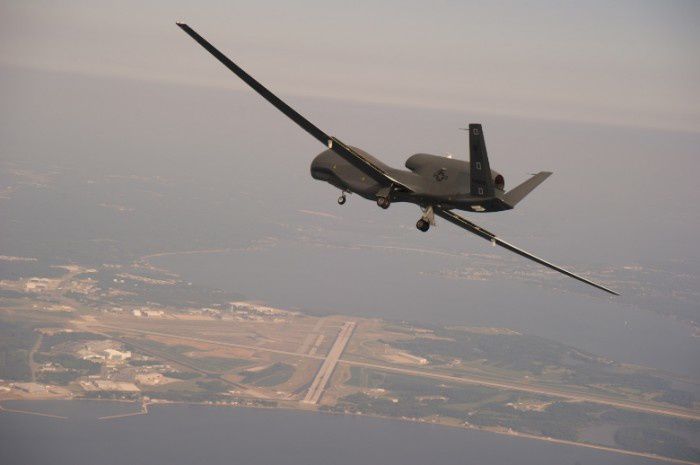October 15, 2015 Thales Group
Thales announced that for the first time, Watchkeeper Unmanned Aircraft System (UAS) was successfully flown alongside manned aircraft in controlled civil airspace. Watchkeeper, the only certified platform of its class able to undertake such a flight, was central to the success of the trial.
Key points
-
First flight for an UAS in non-segregated air space, alongside commercial aircraft.
-
Watchkeeper is the only airworthy UAS of its class certified to fly in both civilian airspace and restricted military airspace.
-
The Project CLAIRE flight demonstration is a collaborative effort under Europe’s SESAR UAS demonstration programme.
The flight took place on Wednesday 30 September and saw Watchkeeper fly from West Wales Airport into civil controlled airspace for an hour, where it was successfully managed by NATS, the UK air navigation services provider, for the first time.
The flight forms part of Project CLAIRE, a collaboration between Thales, NATS, the Dutch National Aerospace Laboratory NLR, the UK Ministry of Defence (MOD) and the UK Civil Aviation Authority (CAA) and was joint funded by the SESAR Joint Undertaking.
This new breakthrough is once more an innovative step for Watchkeeper, the largest single European UAS programme, having already been the first UAS of its type to be awarded a Release to Service (RTS) or equivalent in Europe.
Its type assurance and certification allows Watchkeeper to fly in non-segregated airspace, a certification pedigree that is transferable to regulatory authorities within other NATO member countries and the European Aviation Safety Agency.
Using Watchkeeper, this aviation first will help develop the necessary operational and regulatory conditions to support a growing need for unmanned aircraft system to be used in commercial, search and rescue, homeland security tasks, critical infrastructure and border protection.
Air Commodore Pete Grinsted, Head of Unmanned Air Systems Team at the MOD’s Defence, Equipment and Support organisation, said: “This is a landmark achievement for UK aviation history and the Watchkeeper programme, and was only possible thanks to a collaborative approach involving Thales, CAA, NATS and the MOD.
“The successful flight is the result of months of systematic planning to ensure Watchkeeper was safely controlled by UK Air Traffic Control agencies at all times. This is also an exciting step on the path to safely integrating military and civilian unmanned air systems into civilian airspace over the coming years.”
This flight together with the successful delivery of Watchkeeper into service demonstrates how Watchkeeper X, our tactical product, based on the British Watchkeeper programme, provides a strong solution to meet the requirements of both France’s UAS programme and Poland’s Gryf Tactical UAS programme.
“Thales is providing the first and only, completely Unmanned Aircraft System that is certified to fly through non-segregated airspace. Thales is proud to be involved in the Project CLAIRE flight demonstration and the challenge of safely integrating Unmanned Aircraft Systems into controlled civilian airspace. Watchkeeper is a uniquely capable system, which is leading the way in the evolution and regulation of Unmanned Aircraft Systems."
Pierre Eric Pommellet, Thales Executive Vice-President, Defence Mission Systems
Notes to editors
SESAR (Single European Sky Air Traffic Management Research) was set up to modernise and harmonise ATM systems through the definition, development and deployment of innovative technological and operational solutions. Established in 2007, the SESAR Joint Undertaking (SJU) is a public-private partnership which pools the knowledge and resources of the entire ATM community in order to define, research, develop and validate SESAR Solutions. Founded by the European Union and Eurocontrol, the SJU currently has 15 members who together with their partners and affiliate associations represent over 80 companies working in Europe and beyond. The SJU also works closely with staff associations, regulators, airport operators, and the scientific community. In 2014, the SESAR Deployment Manager (SDM), comprised of air navigation service providers, airlines and the SESAR-related Deployment Airport Operators Group (SDAG), coordinates the implementation of the EU’s Pilot Common Project, the first set of SESAR Solutions to be deployed in a synchronised and timely manner across Europe.
Project CLAIRE is one of several demonstrations co-funded by the SESAR Joint Undertaking aimed at safely integrating UAS into the European ATM system. www.sesarju.eu; www.sesardeploymentmanager.eu
About Thales
Thales is a global technology leader for the Aerospace, Transport, Defence and Security markets. With 61,000 employees in 56 countries, Thales reported sales of €13 billion in 2014. With over 20,000 engineers and researchers, Thales has a unique capability to design and deploy equipment, systems and services to meet the most complex security requirements. Its unique international footprint allows it to work closely with its customers all over the world.































